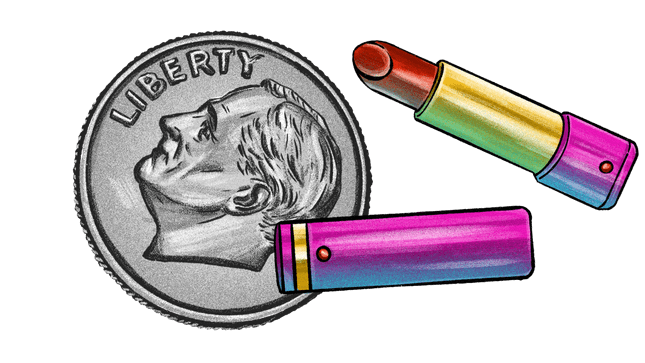One Small Thing: Face Wash from the '#1 Dermatologist Recommended Facial Skincare Brand,' Whatever That Means
Brand drama has ensued from skincare lines' claims of #1, causing the BBB National Programs to get involved
BeautyStyle
Image: Benjamin Currie
There are a lot of number one skincare lines out there but I’m pretty sure I’m using the best one.
I never got into Neutrogena, which has long claimed to be the “#1 Dermatologist Recommended Brand.” Maybe that owes to circumstance, maybe fate. CeraVe, the “#1 dermatologist recommended moisturizer brand” that previously billed itself as the “#1 dermatologist recommended skincare brand” (more on this in a second) never grabbed me either. Its particular kind of unscented just doesn’t smell right to me. I tend to agree with Cetaphil, whose bottle reminds me when I wash my face every morning and night (and sometimes when I’m bored while sitting on the toilet) that it is the “#1 dermatologist recommended facial skincare brand.” After all, it is what my dermatologist recommended, and who am I to argue?
When my dermatologist changed my life by putting me on the retinoid Tazorac over 10 years ago, he told me to do away with expensive, perfumed face soap. All I needed was a cheap, unscented, non-foaming, frankly cum-like gel to glide over my face a few times a day. I would love to report that it’s like honey when Cetaphil’s Gentle Skin Cleanser washes over me, but honestly, it’s like nothing but slightly thicker water. One hit of its love addicted me all the same.
Because I’m not running actual clinical trials, it is very hard for me to say with certainty that I’ve been punished for deviating from my Cetaphil regimen, but something really bad happened a few months ago when I started using Cetaphil less. Hanging around my bathroom etagere was a free sample of an exfoliating face wash from another brand that I finally tried and liked. I bought a tube of it and started using it a few times a week in Cetaphil’s stead. My retinoid is essentially a 24/7 exfoliator, so I was really just scrubbing my face in perfumed redundancy, but even minor novelty was important to late lockdown joy. At the same time, Barry’s Bootcamp had reopened, which meant I was doing intense HIIT workouts while wearing a face mask and then washing my face with the Daily Ritual Cream Face Cleanser by Oribe that Barry’s keeps in its locker rooms.
All this change (but maybe just sweat trapped between my face and mask) wreaked havoc on my skin, producing the kind of cyst that years of watching Dr. Pimple Popper had me living in mortal fear of. I have not had a cyst this bad since I started Tazorac—possibly not ever, during my years of acne-prone skin. My dermatologist lanced this beast that had taken up residence next to my chin and diagnosed it as an ingrown hair. (During a follow-up visit, he injected it with cortisone.) I now live without a trace of the veritable solar system of dead skin cells that had sprouted on my face, but the weeks that I was its host were some of the most painful of my life. It hurt without touching it. It was so full that merely pressing near it or resting my hands on either side of the head caused violent spewing of gray matter that actually might have contained pieces of brain for their proximity to it. The flood produced by minor pressure on this is something I still can’t unsee.
I cannot be sure that my deviating from using Cetaphil’s Gentle Skin Cleanser every wash on the wash is what caused this horror, but I have my suspicions. I’ll never cheat again on my number one.
-

-

-

-

-

-

-

-

-

-

-

-

-

-

-

-

-

-

-

-

-

-

-

-

-

-

-

-

-

-

-

-

-

-

-

-

-

-

-

-








































